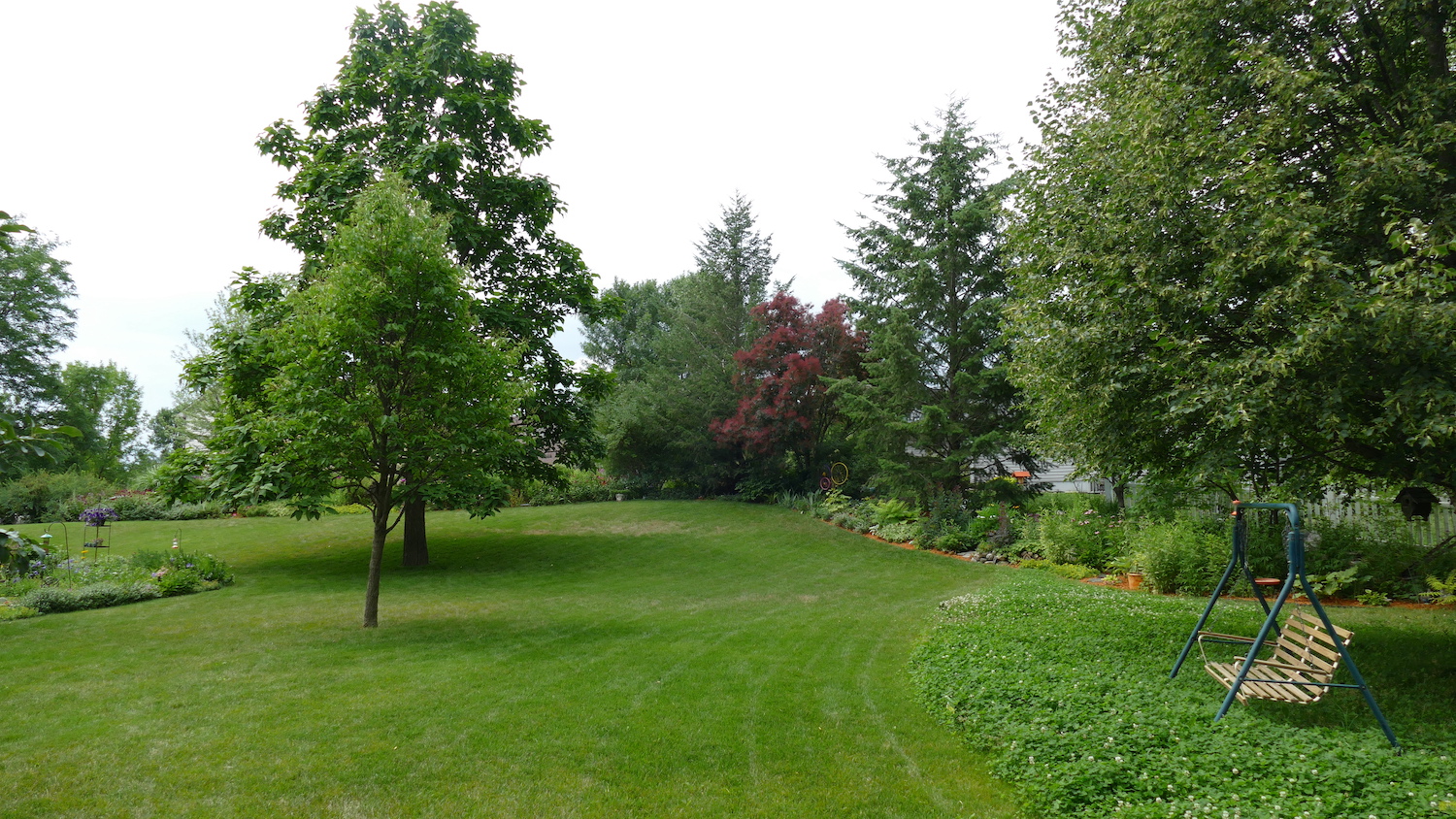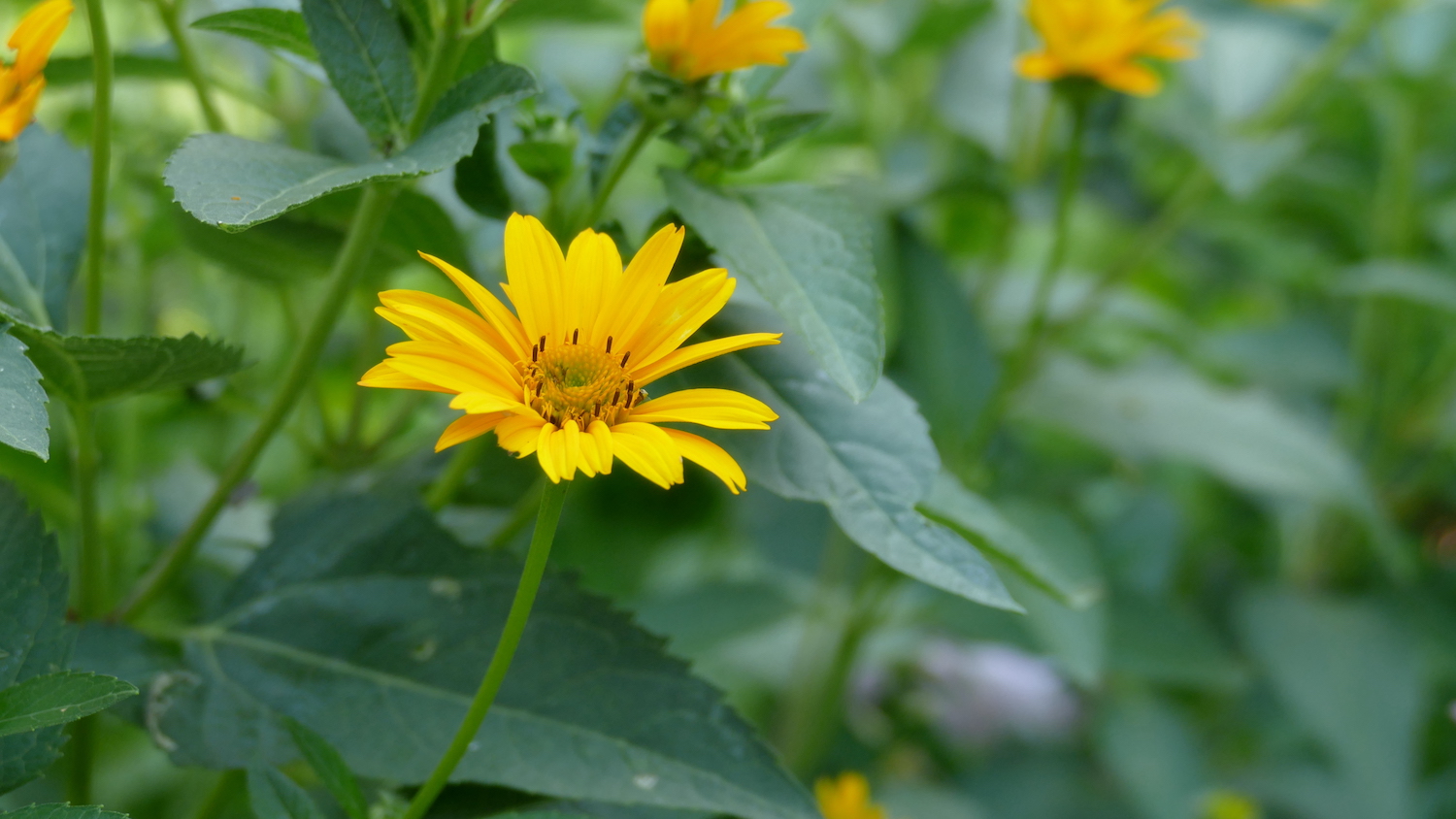How to Support Pollinators in Fall
By Hannah Dove
As the hot summer winds cool and leaves turn crimson and tangerine, a peak period of nectar flow begins. Nectar flow refers to a stretch of time when one or more major nectar sources are blooming – in this instance, right before our hardworking bees and butterflies prepare to hibernate or migrate. So how can we support pollinators in fall as they prepare for the winter ahead?

Plant Pollinator Friendly Flowers
Fall is a good time to plant seeds for bee lawns and native perennial pollinator gardens, which will bloom next year and beyond. Across the Midwest, native flowers such as goldenrods, asters, and sweet clover produce sizable amount of nectar flow to support pollinators in fall. However, that doesn’t mean that you are limited to just these three vital plants. Consult this bee foraging map to determine pollinator-friendly plants in your area for all seasons of nectar flow.
Additional plants that support pollinators in fall in our area include yellow coneflower, silphium, sunflowers, ironweed, culver’s root, bird’s foot trefoil, and fireweed. Overseeding or seeding bare spots in the lawn with flowering ground covers adds ecological value but also consider leaving some bare areas for ground-nesting bees.

Create a Habitat for Minnesota’s Native Bees
There are 4,000 bee species native to North America (400 species in Minnesota alone) and most don’t form hives. About 80 percent of bee species nest in the ground; about 5 percent of bee species make themselves at home in the nests of others; and the other 15 percent nest in cavities, using hollow plant stems or holes in wood. Offer nesting sites such as tree snags on your property, bare patches of sandy soil, or by building native bee houses. You can also provide habitat for ground nesting bees by leaving leaves on the ground, having a brush pile, and generally not “putting your gardens to bed.” Leaving ground litter further houses butterfly larvae, preserves soil moisture, suppresses weeds, helps return essential nutrients to the soil, and overall reduces waste in landfills.

Take Action to Help Pollinators
Sign the Pollinator Pledge to help protect essential pollinator habitats, participate in Bumble Bee Watch to contribute directly to the science of pollinator conservation, or sign the Natural Resources Defense Council petition to ban pesticides harmful to bees, such as neonictinoids.
Hannah Dove was the communications intern for MSHS in 2021.

I wish the MHS did more outreach to developers. I am so disappointed with new developments because they mostly plant garbage plants (as far as pollinators and other insects). The new development on Lexington on west 7th for example has day lilies, burning bush, sterile hydrangeas, and turf – what an incredible disappointment when we have rusty patch bees in the neighborhood.
This is a great idea, Randall. I will pass it on to our outreach folks.
It would be super helpful if organizations like yours and the UofM Matter Gardeners would put out an all clear announcement in the spring when each county reaches the proper conditions to safely clean out their garden debris. Each spring my various garden groups become cluttered with folks constantly saying “I want to help the pollinators, but I also really want to get out and start cleaning up my beds. Is it safe yet?” Then they argue with each order about when the right time is, and how do you know, and what if I just do a little, etc. Having a knowledgeable authority making an announcement by area would be such a valuable resource to point folks to.